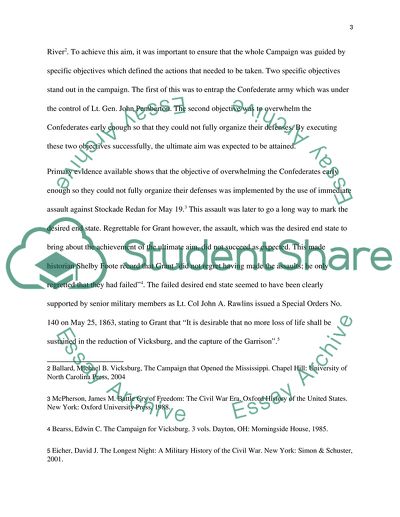Cite this document
(“Joint Military Operations Assignment Example | Topics and Well Written Essays - 2250 words”, n.d.)
Retrieved from https://studentshare.org/military/1661129-joint-military-operations
Retrieved from https://studentshare.org/military/1661129-joint-military-operations
(Joint Military Operations Assignment Example | Topics and Well Written Essays - 2250 Words)
https://studentshare.org/military/1661129-joint-military-operations.
https://studentshare.org/military/1661129-joint-military-operations.
“Joint Military Operations Assignment Example | Topics and Well Written Essays - 2250 Words”, n.d. https://studentshare.org/military/1661129-joint-military-operations.


